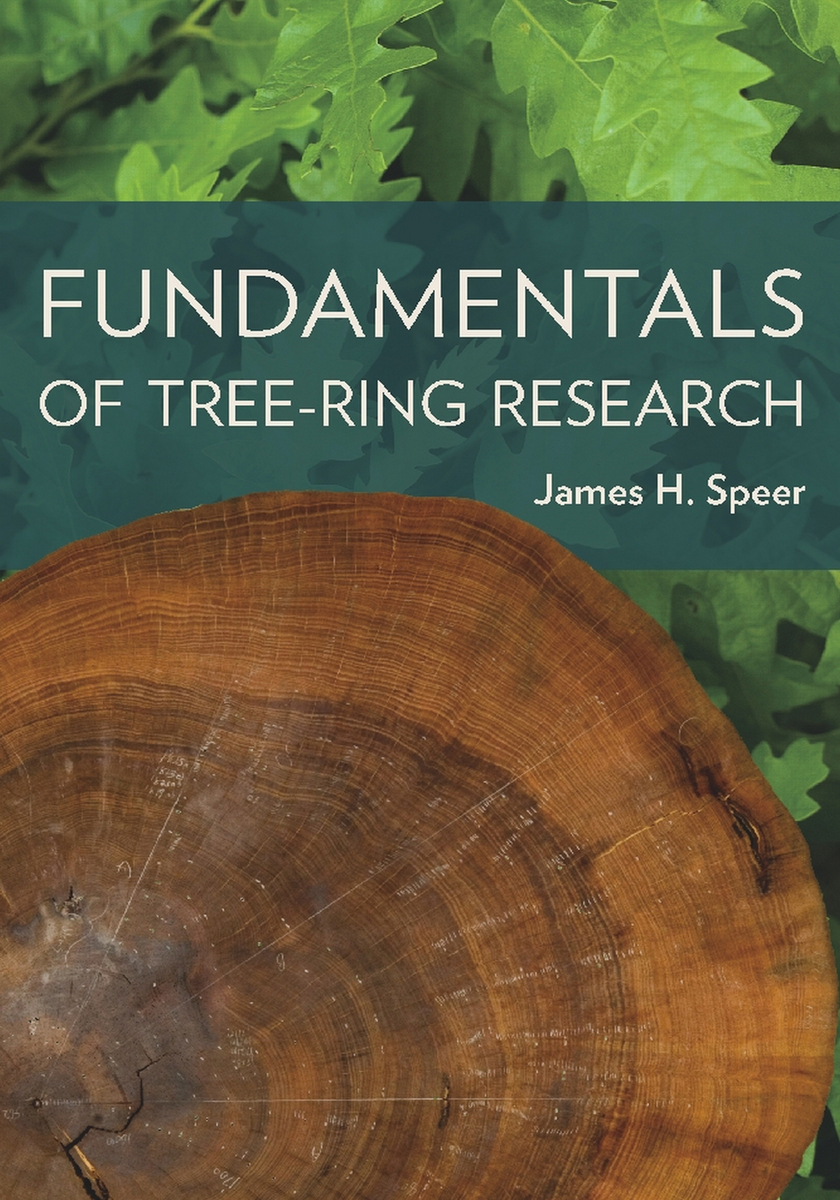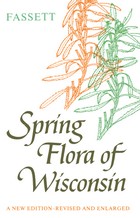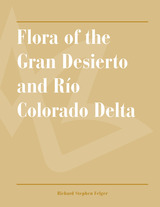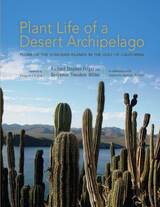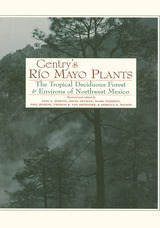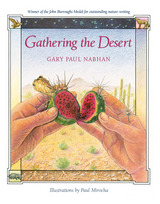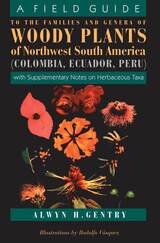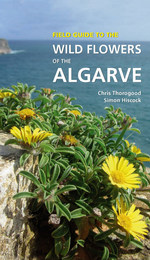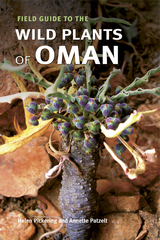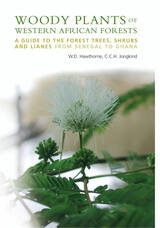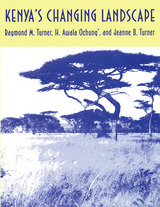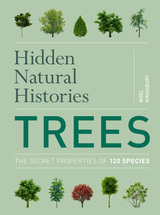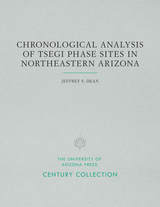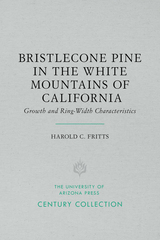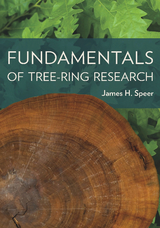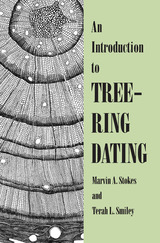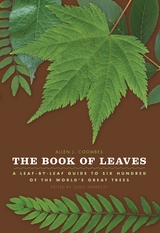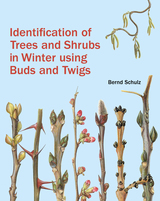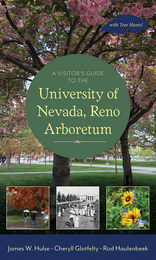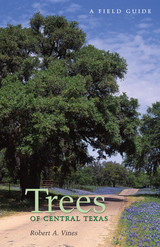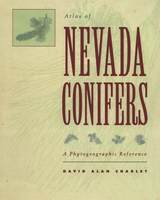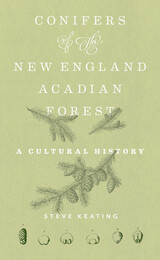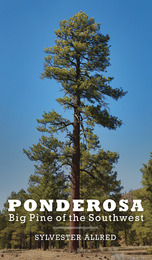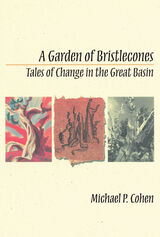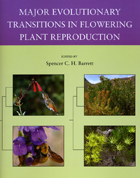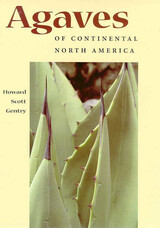Fundamentals of Tree Ring Research
University of Arizona Press, 2010
Paper: 978-0-8165-2685-7 | Cloth: 978-0-8165-2684-0 | eISBN: 978-0-8165-4738-8
Library of Congress Classification QK477.2.A6S64 2010
Dewey Decimal Classification 582.16
Paper: 978-0-8165-2685-7 | Cloth: 978-0-8165-2684-0 | eISBN: 978-0-8165-4738-8
Library of Congress Classification QK477.2.A6S64 2010
Dewey Decimal Classification 582.16
ABOUT THIS BOOK | AUTHOR BIOGRAPHY | REVIEWS | TOC
ABOUT THIS BOOK
Tree-ring dating (dendrochronology) is a method of scientific dating based on the analysis of tree-ring growth patterns. As author James Speer notes, trees are remarkable bioindicators. Although there are other scientific means of dating climatic and environmental events, dendrochronology provides the most reliable of all paleorecords. Dendrochronology can be applied to very old trees to provide long-term records of past temperature, rainfall, fire, insect outbreaks, landslides, hurricanes, and ice storms--to name only a few events.
This comprehensive text addresses all of the subjects that a reader who is new to the field will need to know and will be a welcome reference for practitioners at all levels. It includes a history of the discipline, biological and ecological background, principles of the field, basic scientific information on the structure and growth of trees, the complete range of dendrochronology methods, and a full description of each of the relevant subdisciplines.
Individual chapters address the composition of wood, methods of field and laboratory study, dendroarchaeology, dendroclimatology, dendroecology, dendrogeomorphology, and dendrochemistry. The book also provides thorough introductions to common computer programs and methods of statistical analysis. In the final chapter, the author describes "frontiers in dendrochronology," with an eye toward future directions in the field. He concludes with several useful appendixes, including a listing of tree and shrub species that have been used successfully by dendrochronologists. Throughout, photographs and illustrations visually represent the state of knowledge in the field.
See other books on: Fundamentals | Growth | Paleontology | Trees | Wood
See other titles from University of Arizona Press
